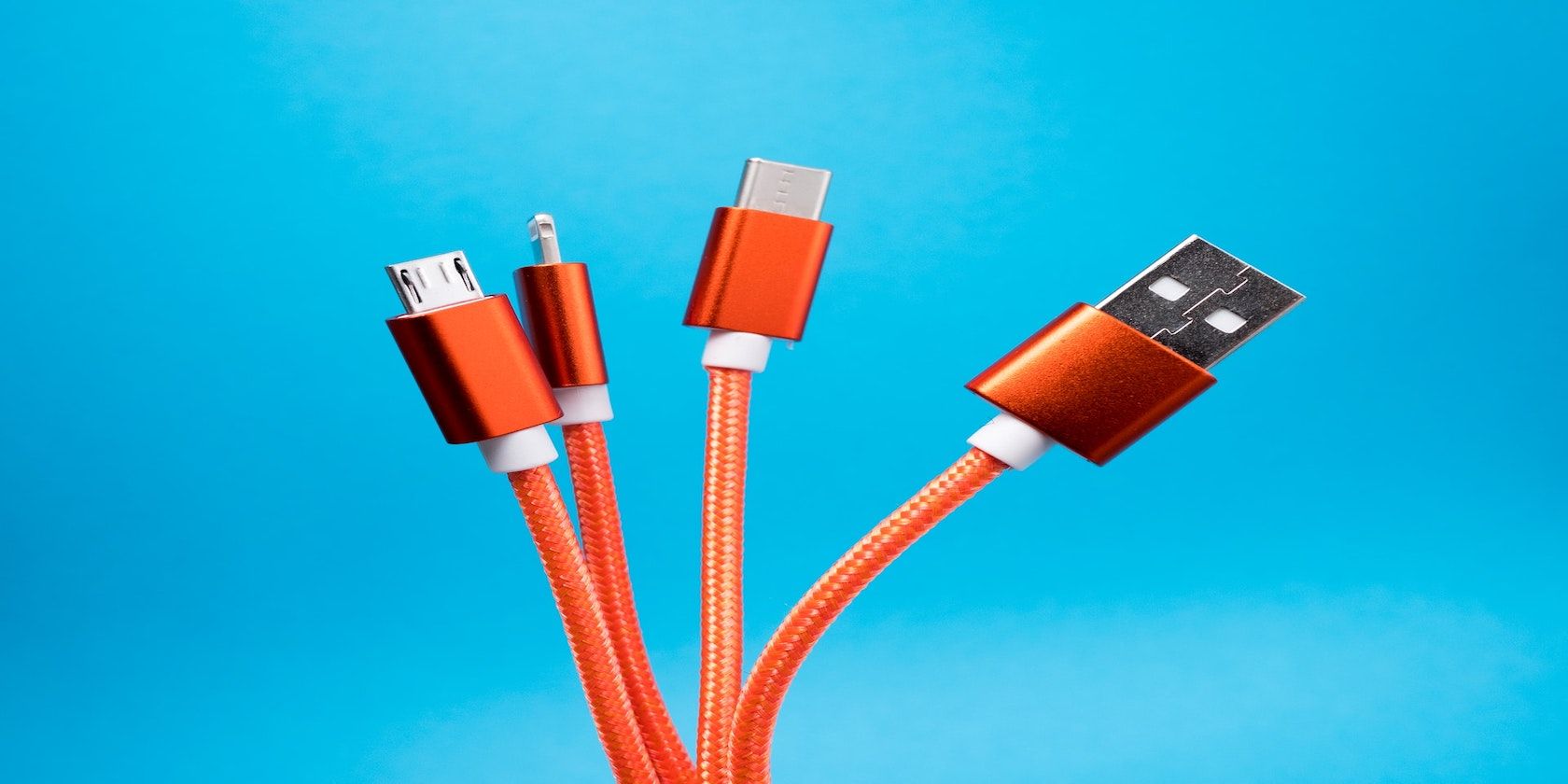USB 4 is already available on higher series motherboards and mobile devices. Many mini PCs have it for some time already.
The main problem is that most motherboards have it "combined" with Thunderbolt 4. While TB4 works at full speed, USB4 often uses only half of the maximum transfer. AMD-based mobile computers and mini PCs have it usually at full speed.
If I'm right, then so far there is only one USB4 SSD in stores - ADATA SE920. I had a hard time finding a motherboard/PC that supports max speed on this SSD. Many, even the most expensive motherboards support 20Gbps (so the same as USB 3.2 g2 x2). NUC and motherboards based on Intel chipsets with TB4 support, run USB4 on TB4 ports at a lowered maximum write (~3.2GB/s instead of ~3.7-3.8GB/s). This is also assuming that USB4 is specified for 40Gbps. AMD motherboards or mini PCs run it at up to 3.8GB/s both ways.
Since the first USB 4 devices were released in the last few months, then barely anyone wanted to include this standard in earlier computers. Even if the chipset or external controllers were supporting USB4, then ports were not installed on motherboards. On laptops, there are fewer PCIe lanes, so manufacturers faster use them for multiple other devices, than a single USB4. Sometimes there is one full-speed USB4 port with DP functionality and the second one, which is for charging and works as a lower-speed USB-C. Usually, it's 2x USB 3.2 Gen2 x1/x2 with DP and charging support.

 www.makeuseof.com
www.makeuseof.com
